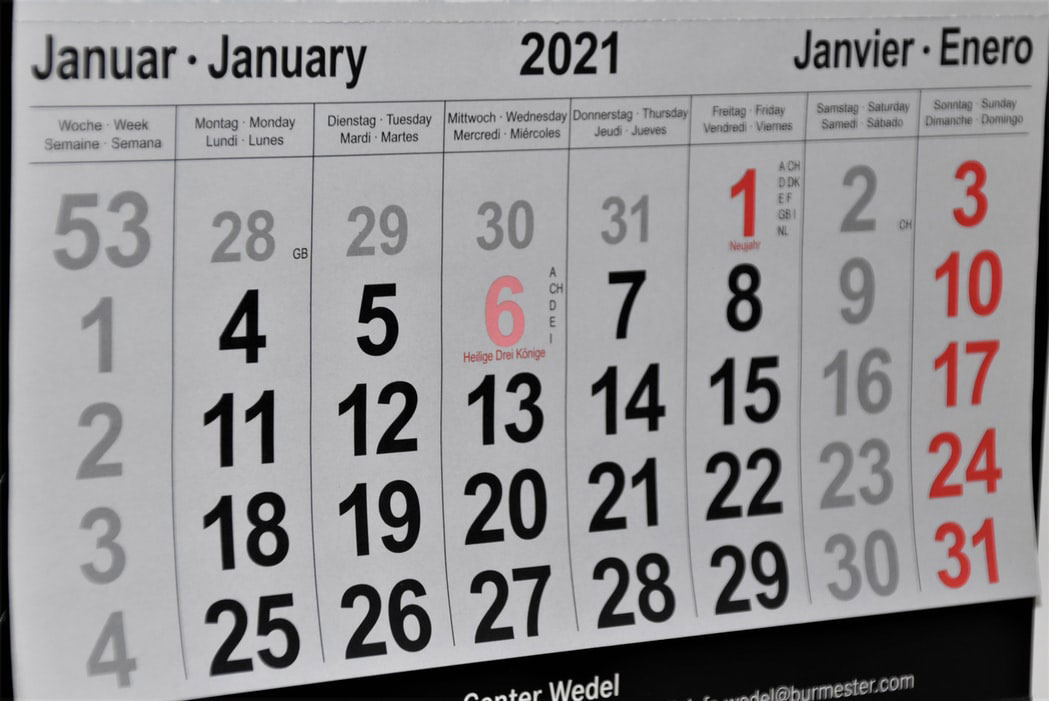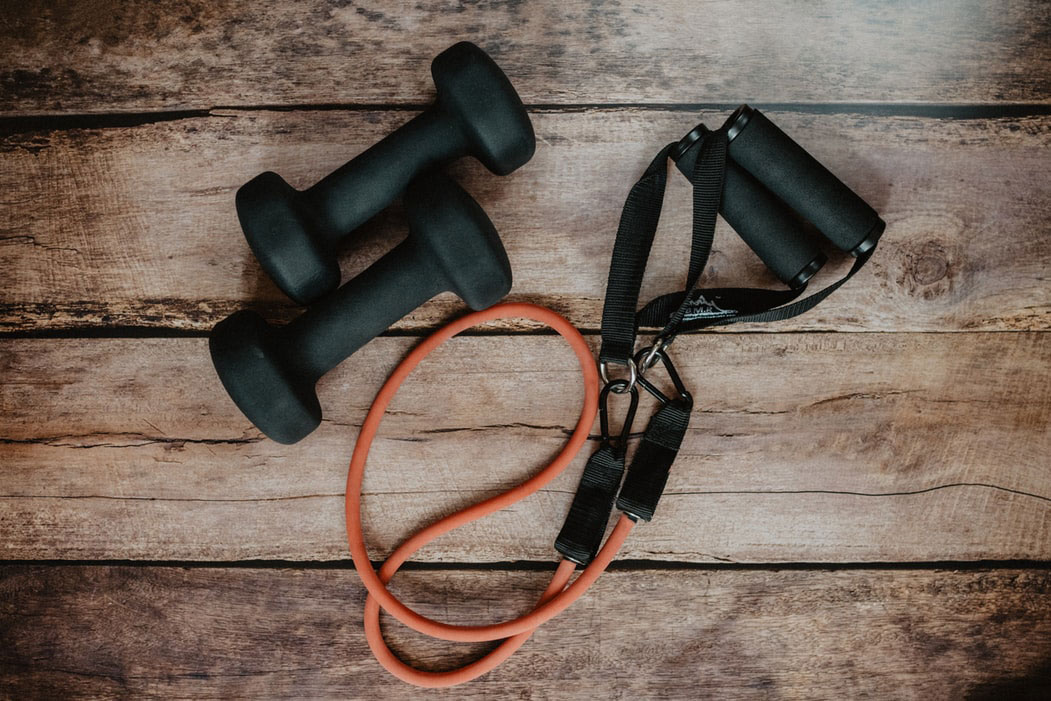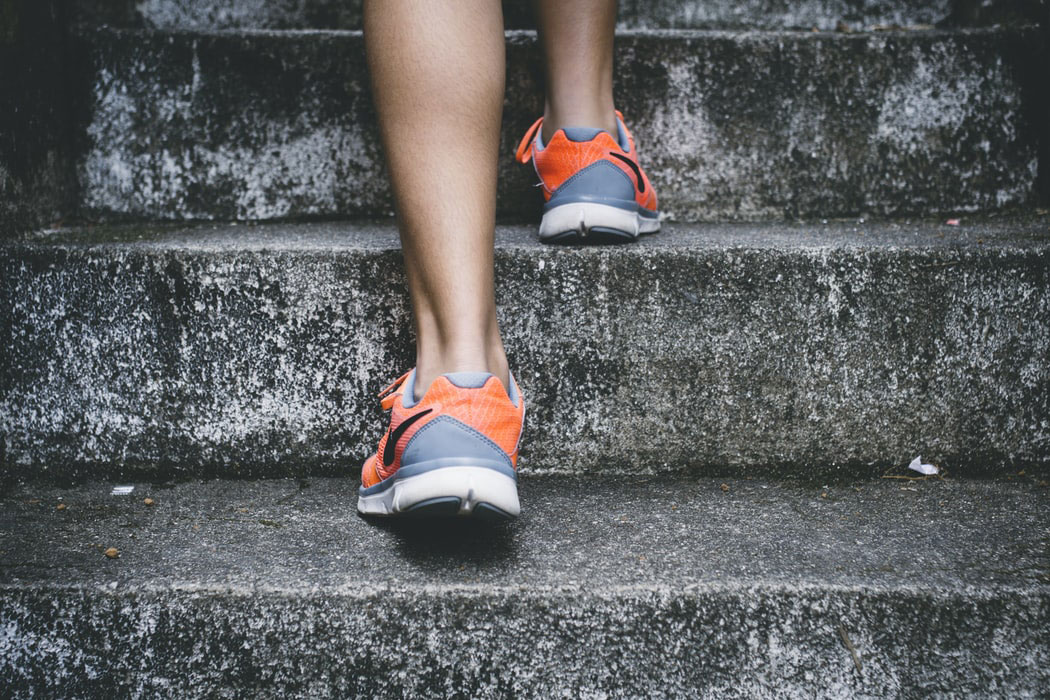Today is what is known as ‘Blue Monday’. This is the third Monday in January every year and is the day that people’s mental health is said to be at a low point due to a number of factors: the weather is cold, people don’t have much money after Christmas and are waiting for payday to come around, and you can add in the guilt of New Year’s resolutions falling by the wayside before the end of January.
 However, I think the last year has had lots of blue days, so this year is a little different – especially as we are in lockdown again! For me it’s the fact that home-schooling begins again on a Monday whilst I try to work. A sentiment many parents will be feeling today and every Monday.
However, I think the last year has had lots of blue days, so this year is a little different – especially as we are in lockdown again! For me it’s the fact that home-schooling begins again on a Monday whilst I try to work. A sentiment many parents will be feeling today and every Monday.
Have you been feeling blue for a while?
With the announcement of another lockdown, I could just hear the entire country groaning at the thought of further disruption as we wait for the vaccine to help take us on the path to emerging from the Covid-19 induced nightmare of the last 12 months.
We are sure to see and feel more troughs and peaks before we are out of the woods. That’s why I have been encouraged to see the important topic of mental health is being talked about more openly and more often than ever before as the realisation that this is a major challenges to people’s health on top of the physical symptoms of Covid-19.
Talking about it is one thing, however, there isn’t much said about how to find ways to enjoy better mental health.
If you are in a low place what kind of things might help? Or what can you do to prevent you reaching a low point?
How getting enough exercise can help your mental health
There are some simple things which may prove useful in both scenarios and one of them is exercise. All forms of exercise count from walking to High Intensity Interval Training (HIIT) classes, yoga to weight training – many of which can still be enjoyed at home even during a lockdown.
Exercising indoors during lockdown
When gyms closed in the first lockdown, many people in the UK turned to outdoor exercise, meeting friends for walks and getting out into the fresh air. Unlike other countries where the temperature is still conducive to exercising outdoors, we are now deep into the long, cold winter months in the UK where the days are wetter, shorter and darker. As a result, it can be hard to summon up the motivation to get those 10k steps in, or to build some exercise into your routine before or after your working day, particularly if you are having to fit home-schooling in too.
One of my colleagues invested in a treadmill. That’s a real investment and sign of commitment! However, he is the type of person that will actually use it. As for me, I’m fairly confident if I bought one, it would quickly become somewhere to hang items from.
Avoiding distractions
During the first lockdown I dug out the limited weights that I already had, dusted off the step machine and invested in some exercise bands. But with home-schooling and various other demands on my time, I found that workouts dropped off the radar.
I accepted exercise was too difficult to fit in. The effect on my mental health was so much bigger than I expected.
I use exercise to channel the thoughts in my head out of my body via movement. So, I got back into the routine of walking, added some new workouts and as the original lockdown restrictions eased, I went back to the gym slowly.
And then we went back into lockdown, a bit like the hokey cokey. With announcements seemingly made every other day, there is great uncertainty about when we might emerge from the latest lockdown and this uncertainty keeps throwing our plans into chaos.
Routine, routine, routine
There is saying that to build a routine, then make it a habit takes approximately 30 days. Most of us are finding it hard to maintain a routine these days. I was an avid gym member pre lockdown #2. But the break has made it more challenging to get back into the swing of things.
When I did, I wasn’t consistent and found excuses for not going. So, this time I decided I was going to get back into a good routine.
Back in Lockdown #2, I decided to commit to a 28-day challenge run by a personal trainer called Courtney Black that I found on Instagram during the first lockdown. She runs the challenge every other month, the alternative months also have daily workouts. The 28-day challenge involves more intense exercises designed to challenge your body. I have previous experience of trying a 28-day challenge on the Courtney Black app. I quit after 6 days! It is a tough challenge of weights and HIIT workouts, 6 days a week for 28 days.
There is a 28-day food plan but as Diwali fell in the middle of that 28 days, I decided I would focus on the exercise.
One step at a time after all.
An immediate challenge was how am I going to build a routine that I can stick to? I am pleased to tell you I completed the challenge albeit a few days over the 28 days due to my body screaming at me to take a few days off. Always listen to your body.
I made sure that even though I had taken a few days off I wasn’t going to allow excuses like “well I am almost done now anyway” or “I will start again next week” to creep in.
Here are some of the ways you can make a routine into a habit:
- Commit to something for 30 days, a month is a good target to aim for.
- Make it daily. It is easier to form a habit if you are used to doing it every day.
- Start simple, try not to do too many things at once. Over committing will stop you in your tracks.
- Consistency is key. Think ‘same again tomorrow’.
- If buddying up or joining a team is out, look for a virtual version to help keep you motivated.
- Be imperfect. If you don’t get it right all the time, that’s okay. Trying is better than not trying.
Now in lockdown #3 I am back on the 28 day challenge and almost half way through.
What exercise will do for you
What I really noticed was the difference a 45 min workout can make. I never look forward to a workout if I am honest. Throughout the workout I want it to be over because it is tough. But at the end, I am proud I made it through, and thankful its over for the day. These are all physical aspects.
But here are the mental benefits. Before starting a workout, my mind feels confused, full of lists, worries about what needs to be done at home and at work, home schooling my child. I have been emotional and in tears, stressed and tired prior to a workout. After 45 to 60 minutes of exercise I feel much more balanced.
“The mental benefits of aerobic exercise have a neurochemical basis. Exercise reduces levels of the body’s stress hormones, such as adrenaline and cortisol. It also stimulates the production of endorphins, chemicals in the brain that are the body’s natural painkillers and mood elevators. Endorphins are responsible for the “runner’s high” and for the feelings of relaxation and optimism that accompany many hard workouts — or, at least, the hot shower after your exercise is over.” Source Health.Harvard.edu
I have often said that my brain functions better post exercise; I think quicker and feel more awake. My mind is clearer as to what needs to be done and I feel less emotional, which I believe makes me work better and deal with trying to wear the teacher hat better too. Using up 30 mins of my work day to fit in exercise often makes me more productive for the next 7 hours and has far more benefit compared to a day where I don’t exercise.
There are lots of free workouts available and most of these Personal Trainers, such as Joe Wicks, Courtney Black, other online trainers, including Bez from the Happy Mondays, have offered free workouts during lockdown. Remember exercise can be a bike ride, taking the dogs for a walk, going for a run, movement of any kind will help you and your mental wellbeing – some people swear by an hour of gardening or even housework – done at a brisk pace.
Fitting it all in – tips on getting enough exercise during the working day
Time! We are always short on time. Here are my top tips for getting some exercise into your working day:
- Start early – I find exercising first thing in the morning means it is out of the way before I start work. As mentioned, I always focus better after a workout. This can be any kind of workout including a brisk walk listening to music or podcasts.
- Steps – use walking meetings. I often take calls where I don’t need to be in front of a screen on a walk. My manager and colleagues are very familiar with my walking 1-2-1 meetings. Even two x 10 minutes walks are better than none. Crucially, it gives you a break from your desk and screen.
- Use the furthest bathroom – most of us will go to the closest bathroom in our house. Go to the furthest if you have more than one. You get do more steps and get a longer break from your desk.
- Do a YouTube walking workout – this is a thing and you can do it whilst on a call. There are videos that help you achieve 5k (or other amounts depending on time) steps in 35 minutes. Not recommended for video meetings!
- Scheduled lunch break workouts – this helps you get a workout and gets you away from your desk. Most people that work from home don’t take a proper lunch break often enough.
The value of getting away from the desk
This brings me to my final point around wellbeing and mental health. I’ve talked about the value of getting away from your desk. But make sure you are not just raiding the food cupboard! When I started working from home 8 years ago, I was guilty of doing this too often and soon realised I needed to find another way to force me to take a break.
I’ve managed to build something into my lunchtime that is easy to do. Before I tell you, promise not to judge? I got into watching an Australian soap, I am sure you can guess which one.
I did this originally because we almost moved to Australia and – well – it made sense to watch an Aussie soap, right? But when we didn’t make the move, I realised by watching it every day, I had to take a lunch break.
Of course, you can choose something better if soaps aren’t for you. Aim for a programme that lasts 30 to 45 minutes that you can watch daily. This gives you enough time to make lunch or heat something up, watch a programme and eat. You might have time to make a cup of tea before going back to your desk.
People normally laugh when I tell them what I watch. But then I ask them if they take a lunch break, the answer is normally no and then they get my point. It’s not about the programme but what it indicates to my brain.
By taking a break and watching something harmless my brain can switch off from work. The show is series-linked to I can be flexible with when I take my lunch break too.
Look after yourself and be more productive
We all have a job to do. But you will only do your job well if you look after yourself.
Lockdown or not, this does not change. The options may seem limited but there are plenty of ways to take care of yourself.
Taking the first step is always the hardest.
So, take that break, do some exercise, eat and sleep well. Your body, your mind and your employer will thank you for it.